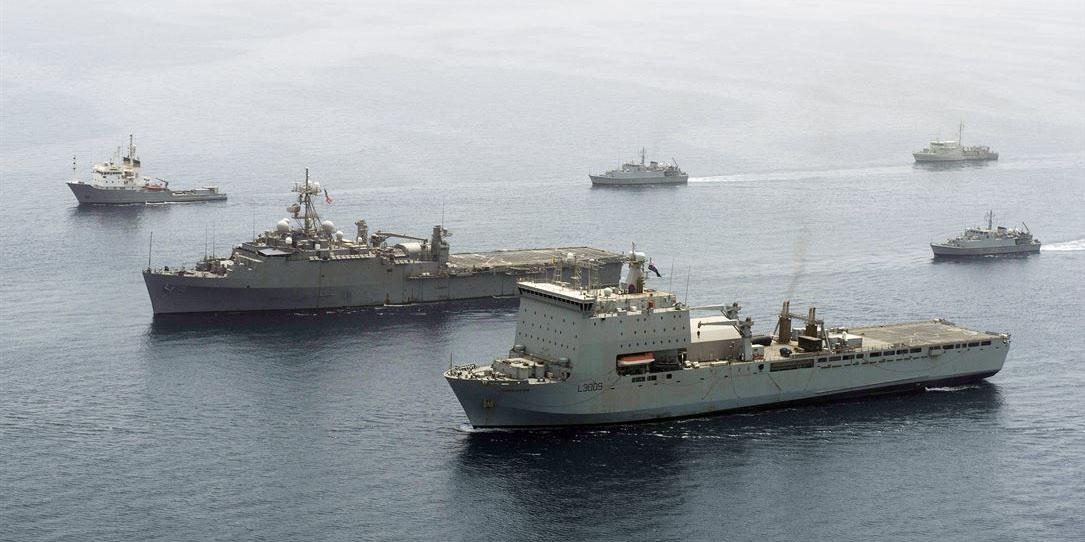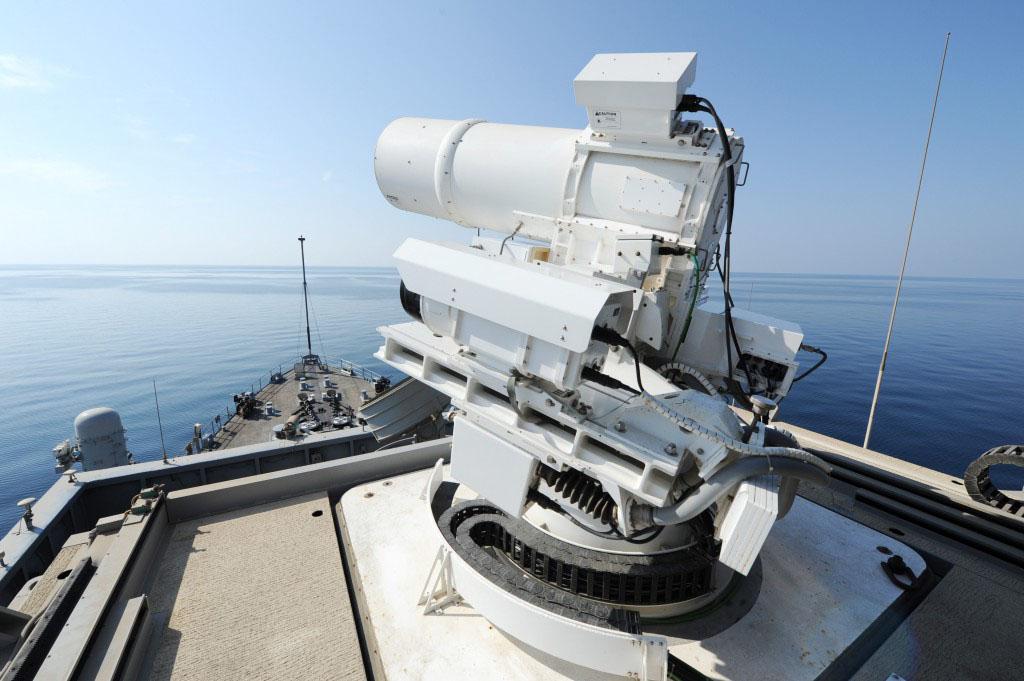Navy Selects Lockheed Martin to Deliver Laser Energy Weapon
The U.S. Navy took an important step forward in putting high-energy laser weapons into the fleet in awarding Bothell, Washington-based Lockheed Martin Aculight Corp. a $150 million contract to build two test systems for the Naval Sea Systems Command (NAVSEA). As part of the Surface Navy Laser Weapon System Increment 1 award, the cost-plus-incentive-fee contract will field two High Energy Laser and Integrated Optical-dazzler with Surveillance (HELIOS) systems, according to the DOD. Under the contract, Lockheed Martin Aculight will develop, manufacture and deliver the test units, of between 60-150 kilowatts, by April of 2020. One system will be installed aboard the DDG 51 FLT IIA, the Arleigh Burke-class destroyer, while the other will be used for land-based testing.
DOD indicated that the contract options, if exercised, would bring the contract's cumulative value to $942.8 million. Work will be performed in Bothell (52 percent); Moorestown, New Jersey (31 percent); Owego, New York (9 percent); Marion, Massachusetts (3 percent); Clearwater, Florida (3 percent); Manassas, Virginia (0.9 percent); Baltimore, Maryland (0.6 percent); and Akron, Ohio (0.5 percent). DOD is using $3.5 million of the Navy's Fiscal Year 2018 research, development, testing and evaluation funds at time of award, which do not expire at the end of the current fiscal year. The contract was competitively procured via the Federal Business Opportunities website. NAVSEA received four proposals under the solicitation (N00024-18-C-5392).
"We're thrilled the U.S. Navy selected Lockheed Martin for HELIOS—the first ever program to procure multiple, identical high energy laser weapon systems," said Katharine Scruggs, spokesperson for Lockheed. "The initial contract is for $150 million to develop and deliver two systems—one for integration onto a DDG 51 FLT IIA, and one for land-based testing, with additional contract options totaling $942 million. We're looking forward to leveraging technology building blocks from internal research and development projects (the 30-kilowatt Advanced Test High Energy Asset, known as ATHENA, and the 30-kilowatt Accelerated Laser Demonstration Initiative, known as ALADIN) and contract experience (the Robust Electric Laser Initiative, known as RELI, and the Laser Advancements for Next-generation Compact Environments (LANCE) to bring the Navy a low-risk, advanced system."
Increment 1 is the first HELIOS contract awarded as part of the Navy's effort to field the laser weapon aboard a DDG 51 Flight IIA "in the shortest time frame possible,” according to a NAVSEA spokesperson. The HELIOS program, along with another laser energy effort, the Office of Naval research's Solid-State Laser Technology Maturation program, are getting a boost from a Secretary of the Navy December 2016 policy designed to accelerate the development, demonstration and deployment of “urgent” Navy and Marine Corps capabilities. The policy was put in place to quickly abate current threats, to offset future threats or to leverage technological advances to maintain operational and technological superiority over potential adversaries. For the Navy, these threats could include incoming ballistic and cruise missiles, unmanned aerial vehicles (UAVs), mortars and small boat swarms, among others.
Through its Program Executive Office Integrated Warfare Systems, the Navy will be the first service to have a program of record for laser energy weapons.






Comments